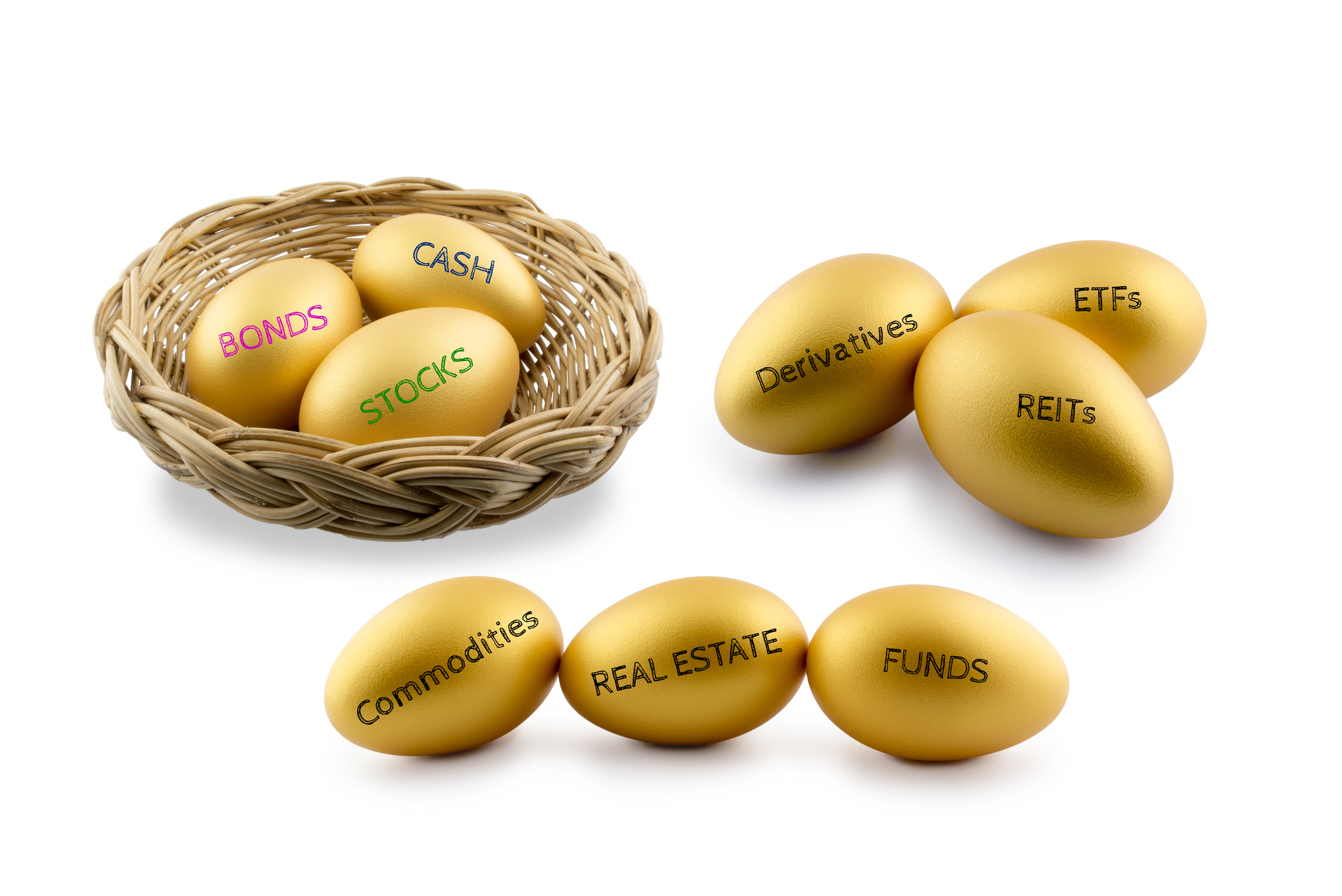If you’ve ever invested, you’ve probably been given this golden piece of advice before: “Diversify Diversify Diversify”.
If you haven’t, you’re going to hear it now.
Some of you may have a diversification strategy that you’re happy with. For many women however, this advice conjures up an overwhelming feeling of uncertainty and hesitation. You may be asking yourself exactly what is diversification? Why is it important? Where does one start?
Don’t worry. I’ve got you covered.
What is Diversification?
Diversification is when you invest a pool of money over different types of asset classes (i.e. stocks, bonds, cash) and different types of securities within those asset classes.
Diversifying is the single most important rule you can follow when you’re investing!
Diversification Matters
Why? Because it’s about managing risk, and if you’re like most women, you are very risk aware or risk averse. But you still need to earn a decent return on your investments if your wealth is going to grow. And growth is even more important for women who often earn and save less then their male counterparts!
Diversifying your investments doesn’t mean you eliminate risk nor are you guaranteed you’ll generate a fabulous performance on your portfolio. But you certainly improve the odds once you 1) choose a level of risk you’re comfortable with based on your goals and time line and then 2) build the right type of portfolio for you.
Why Does Diversification Work?
Over the long-term, having a diversified portfolio which invests ACROSS and WITHIN asset classes is a good strategy. This is because stocks, bonds, real estate etc., are affected by different factors and therefore perform differently at any given time. And because no two company stocks or bonds are the same, they will vary on how sensitive they are to certain events.
By building a portfolio with assets that are unrelated (or uncorrelated) to each other, you’ll better endure the unpredictable nature of the markets. This should provide some stability to your overall portfolio and better results in the long run.
How to Get Started?
Before you build a diversified portfolio you’ll need:
- Assets/Money to invest: Take inventory of what assets you have and which are actually investable (i.e. money in bank, your retirement pension and where it’s invested already)
- A savings plan: You’ll need to write down your goals, how much money you’ll need to reach them and what your time frame is for these (see “financial plan” if you have done this)
- To understand your risk tolerance: No investment comes without risk but you’ll need to determine how much you’re willing to take on. A general rule of thumb is that the higher the risk, the higher potential for higher returns and losses.
What’s the right strategy?
How much you allocate to stocks for growth, bonds for income and money market securities for liquidity will depend on your goals, time horizon and how much volatility you can handle.
An advisor can work with you to build the right portfolio with the right asset mix.
Like any plan, you’ll need to periodically review to make sure the asset allocation still makes sense for you and is consistent with your objectives.
You may also like: Why Bonds Might Make Sense for Your Investment Portfolio
